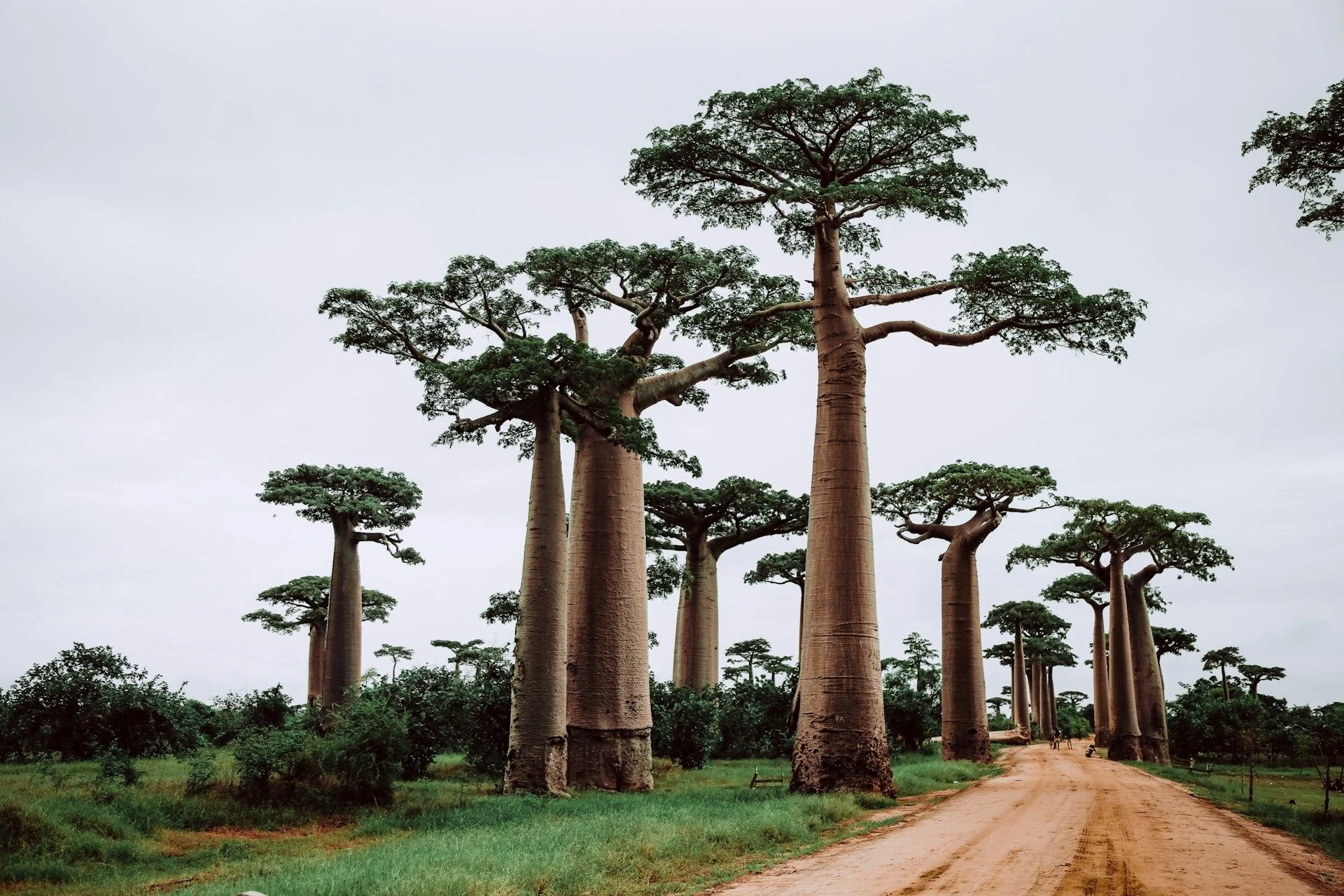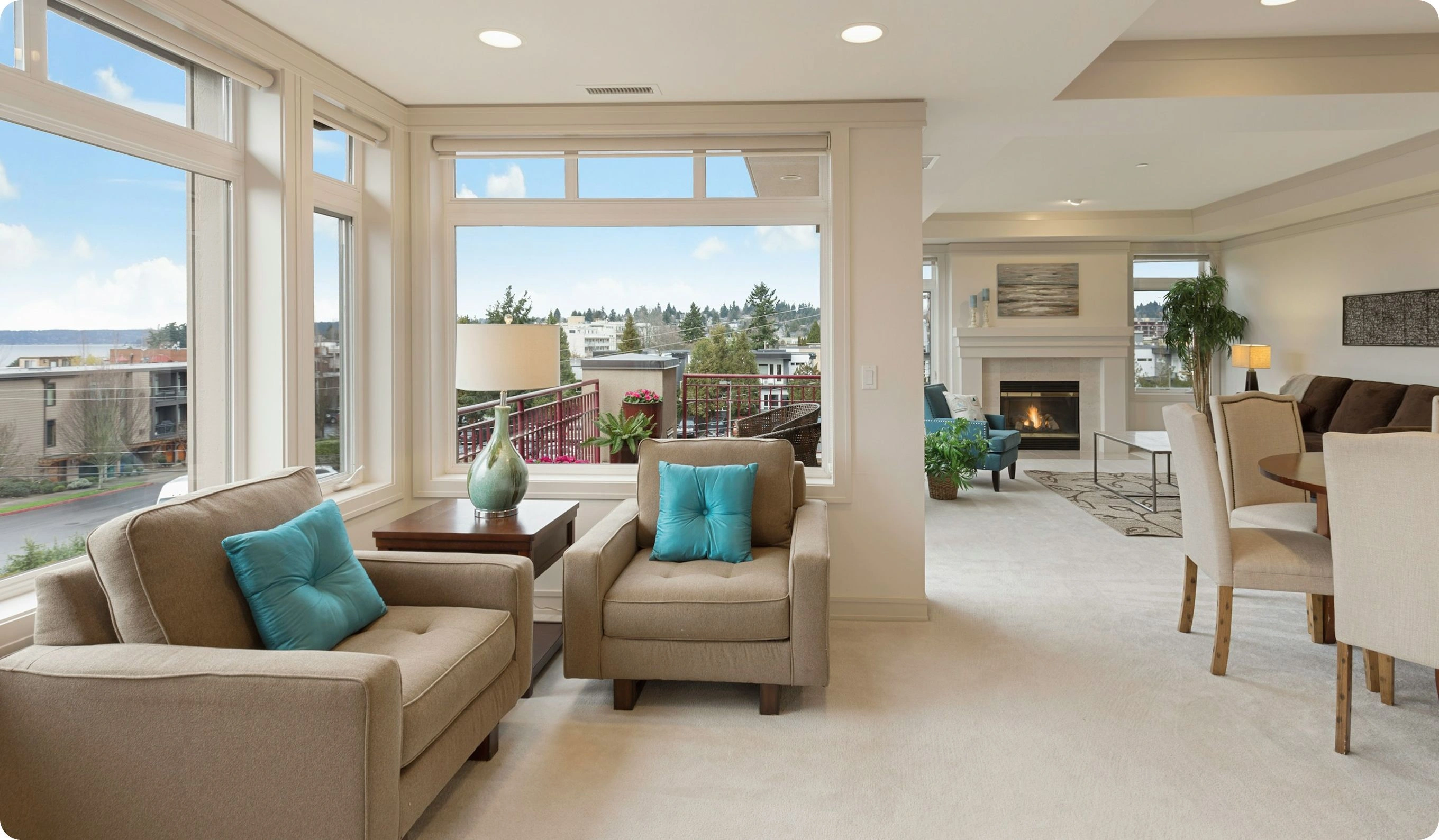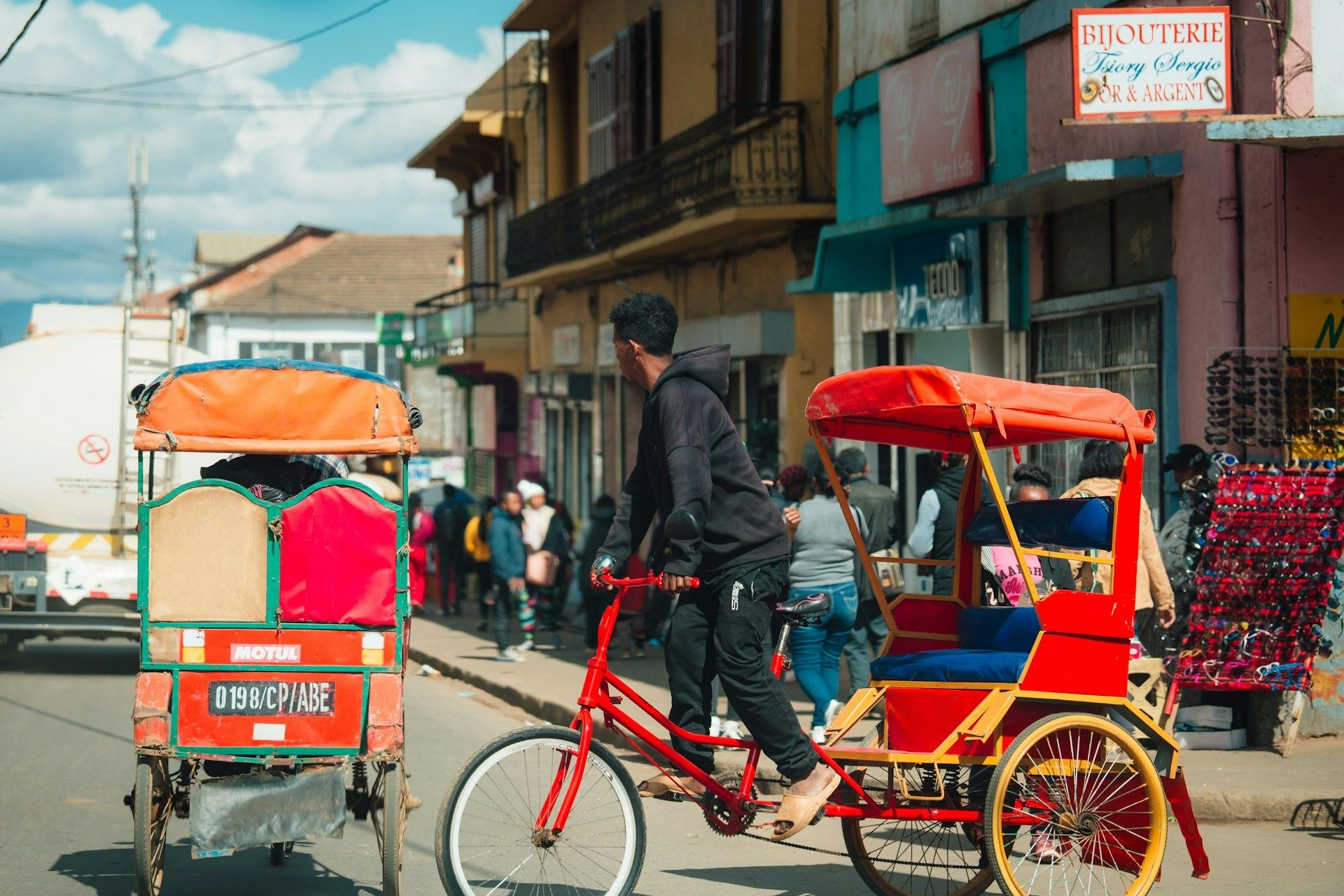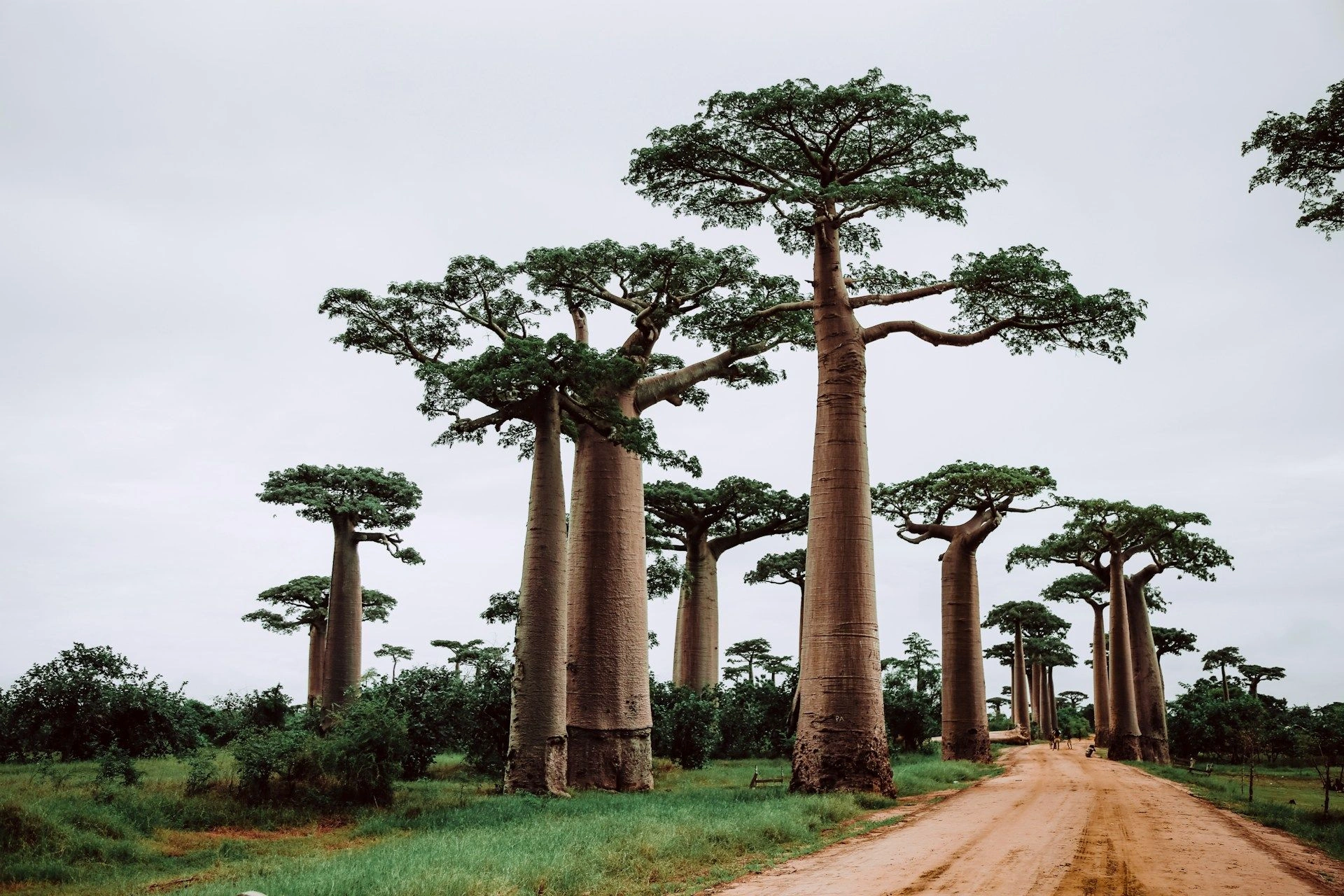Market-Ready Secondary Real Estate in MadagascarIsland life with mountainsmarkets and sea air

Popular
cities and regions in Madagascar
Best offers
in Madagascar
Benefits of investment in
Madagascar real estate
Exotic destination with unique appeal
Coastal and eco-tourism areas attract attention from lifestyle buyers and long-stay travelers.
Opportunities in boutique hospitality
Development potential exists for eco-lodges, guesthouses, and resort-style homes.
Natural beauty with long-term potential
Unspoiled landscapes add intrinsic value to well-located properties.
Exotic destination with unique appeal
Coastal and eco-tourism areas attract attention from lifestyle buyers and long-stay travelers.
Opportunities in boutique hospitality
Development potential exists for eco-lodges, guesthouses, and resort-style homes.
Natural beauty with long-term potential
Unspoiled landscapes add intrinsic value to well-located properties.

Useful articles
and recommendations from experts
Main title about secondary real estate in Madagascar
Why secondary properties attract buyers
Secondary real estate in Madagascar offers investors and homebuyers an immediate, turnkey gateway into one of the world’s fastest-growing tourism and sustainable-living markets. Unlike off-plan resorts hampered by permitting delays, import-cost volatility and construction timelines on remote islands, pre-owned coastal villas, highland lodges and city flats in Antananarivo, Nosy Be, Toamasina and Fianarantsoa come fully operational with proven utility networks and documented performance histories. These properties feature reliable water supplied by Société Eau et Force de Mada (SEFM), uninterrupted electricity via JIRAMA’s grid supplemented by hybrid solar generators, mature sewage and storm-water drainage systems, sealed asphalt roads, domestic and regional airport access, and high-speed fibre-to-the-premises broadband from Telma and Orange. Many buildings preserve Madagascar’s iconic architectural details—grand veranda facades, terracotta tile roofs, exposed wooden beams and lush tropical gardens—while interiors have been comprehensively upgraded: energy-efficient double glazing, bespoke professional kitchens with imported fixtures, structural reinforcements engineered for seismic and coastal environments, modern sanitaryware, and pre-wired smart-home systems for lighting, climate and security management. This complete turnkey readiness drastically reduces holding costs, accelerates rental income, and allows buyers—whether relocating families, boutique-hotel operators or yield-focused investors—to commence returns from day one. Transparent historical sales and leasing data maintained by regional land registries and major online platforms provide robust comparables and valuation benchmarks, empowering clients with precise risk assessments. With documented net rental yields ranging from 6% to 8% per annum across prime corridors and sustained demand driven by expatriates, eco-tourists, NGO personnel and university cohorts, secondary acquisitions in Madagascar deliver a compelling fusion of cultural authenticity, operational certainty and quantifiable financial performance—expertly orchestrated by VelesClub Int.’s end-to-end advisory services.
Established neighbourhoods
The secondary real estate landscape in Madagascar is anchored by several mature precincts, each offering unique living and investment advantages. In Antananarivo, the Ivandry and Analakely districts boast early-20th-century villa compounds and mid-century apartment blocks, all upgraded with modern HVAC systems, solar-augmented hot-water heaters, reinforced foundations and secure gated access. Analakely’s mixed-use streets feature historic shop-houses converted into income-generating flats within walking distance of commercial hubs and the international Lycée français. Nosy Be’s seaside resorts—Ambatoloaka and Andilana Beach—deliver turnkey coastal villas and boutique guesthouses with direct marina berths, landscaped courtyards and proximity to Nosy Komba heritage trails. Toamasina’s Bazar Be quarter and Avenue Ratsimilaho corridor combine refurbished colonial-era residences and seaside condominium blocks near the port, offering consistent corporate and cruise-line staff tenancy. In Fianarantsoa, heritage stone mansions and modern low-rise blocks line the old town and Lycée’s environs, prized by academic tenants and short-stay cultural-tourism operators. Emerging pockets in Ranomafana and Ifaty repurpose older chalets and fishermen’s bungalows into eco-lodges and dive-resort residences, supported by recent road upgrades and biodiversity-park investments. Across all submarkets, essential services—paved main roads, reliable SEFM water mains, JIRAMA electricity grids, fibre broadband and municipal waste collection—operate seamlessly, ensuring minimal post-purchase capital expenditure and smooth integration into Madagascar’s evolving urban and resort ecosystems.
Who buys secondary real estate
Madagascar’s diverse secondary real estate appeals to a broad spectrum of buyer profiles. Coastal tourists and dive-resort operators acquire turnkey guesthouses and villas in Nosy Be, Sainte-Marie and Ifaty, leveraging professional management platforms to maximize high-season yields and deliver memorable eco-experiences. Expatriate families and NGO staff relocate to city apartments in Antananarivo’s suburbs, valuing turnkey conditions, inclusive utility packages and proximity to international schools and UN agencies. University students, lecturers and visiting researchers from the University of Antananarivo and Vakinankaratra Institute secure furnished flats in the academic quarters of Tsaralalàna and Ambatondrazaka, drawn by all-inclusive rents and shuttle links to campus. Corporate professionals in logistics and agribusiness shipping lines lease renovated flats and townhouses in Toamasina, prioritizing proximity to the port and commercial offices. Diaspora investors from Europe, Asia and North America target multi-unit blocks and heritage homes in Fianarantsoa’s old town for student housing and boutique cultural rentals, guided by VelesClub Int.’s yield-modelling and clear exit-strategy blueprints. Domestic middle-class families purchase three- and four-bedroom homes in Antsirabe’s thermal springs quarters and Mahajanga’s beachside suburbs for stable long-term occupancy, benefiting from strong local demand and transparent title registration. Across segments, the unifying factors include immediate move-in readiness, proven infrastructure networks and integration into mature service ecosystems that mitigate operational risk and underpin predictable returns.
Market types and price ranges
Madagascar’s secondary market spans an extensive array of property types and budget tiers to suit varied investment and lifestyle objectives. Entry-level studio apartments and one-bedroom flats in Antananarivo’s residential suburbs—Ankadifotsy, Ivandry and Ankorondrano—start from approximately USD 30,000 to USD 60,000. These units typically feature laminate finishes, communal water tanks, and proximity to bus and taxi services. Mid-range two- to three-bedroom townhouses and coastal villas in Toamasina’s Bazar Be, Diego Suarez’s Ramena and Nosy Be’s Ambatoloaka trade between USD 70,000 and USD 150,000, offering granite countertops, renovated bathrooms, private courtyards and secure parking. Premium heritage homes and boutique guesthouses in Fianarantsoa, Antananarivo’s Haute-Ville and Mahajanga’s Plage Nord command USD 160,000 to USD 350,000—driven by plot size, heritage restorations, landscaped gardens and proximity to cultural landmarks or resort beaches. For scalable investors, small multi-unit complexes (4–8 units) in Antsirabe’s thermal quarters and Nosy Be’s marina zone list between USD 120,000 and USD 250,000, delivering diversified rental income streams and economies of scale. Mortgage financing options through BNI Madagascar, BMOI and BFV-SG provide competitive interest rates (7%–9% per annum) with typical down payments of 20%–30%. Documented net rental yields average 6%–8% per annum across prime corridors, reflecting robust local and international demand and low vacancy—benchmarks integrated by VelesClub Int. into bespoke yield-modelling tools to guide strategic acquisitions.
Legal process and protections
Acquiring secondary real estate in Madagascar follows the country’s regulated conveyancing framework under the Land Law and Civil Code provisions on property transfer. Transactions commence with a signed Promesse de Vente and payment of a deposit—commonly 10% of the sale price—held in escrow by a local notary. Buyers commission due diligence: verification of land titles and servitudes at the National Land Registry; cadastral boundary confirmation by certified surveyors; building-condition assessments covering structural integrity, termite presence and MEP compliance; and municipal permit checks for retrofitted heritage buildings. Upon satisfactory review, parties execute the Acte Authentique de Vente before the notary, at which point acquisition taxes (5%–10% of the sale value), notarial fees and registration charges are paid. The deed is then recorded at the Land Registry, granting formal legal recognition and public notice. Foreign nationals may purchase residential property without restrictions, subject to currency repatriation guidelines of Madagascar’s Central Bank. Malagasy statutory protections include warranties against hidden defects and recourse through civil courts, while VelesClub Int. orchestrates every step—legal coordination, documentation, tax filings and registration liaison—to ensure compliance, mitigate risk and deliver a seamless closing for both domestic and international clients.
Best areas for secondary market
Key hotspots in Madagascar’s secondary market combine infrastructure maturity, natural beauty and tenant demand. In Antananarivo, the upper-town suburbs of Ivandry and Ankadifotsy command premium yields for their renovated villas and turnkey apartments near embassies and international schools. Nosy Be’s Ambatoloaka and Andilana Beach are perennial favourites for holiday-let operators, offering canal-front villas and guesthouses with documented high-season occupancy rates exceeding 80%. Toamasina’s city centre and Bazar Be districts deliver consistent corporate tenancy from shipping and logistics firms, supported by proximity to the port and commercial offices. Fianarantsoa’s old-town precinct foregrounds heritage homes repurposed into student housing and cultural rentals, sustaining yields near 7%. Emerging corridors along the Antananarivo–Toamasina Highway and the Nosy Be marina zone present value-add prospects in older bungalow estates primed for refurbishment. Inland highland enclaves such as Antsirabe’s thermal springs quarter and Ambatolampy corridor combine cooler climates with established civic services, appealing to long-term residential and eco-lodge investors. Each submarket benefits from paved roads, reliable water and electricity supply, integrated transport links—bus routes, regional airports and ferry services—and municipal waste collection, ensuring stable occupancy, transparent pricing and strong resale potential. VelesClub Int.’s proprietary neighbourhood-scoring methodology and on-the-ground research guide clients to the micro-markets that optimally align yield targets, capital-appreciation forecasts and lifestyle preferences within Madagascar’s dynamic secondary real estate ecosystem.
Why choose secondary over new + VelesClub Int. support
Choosing secondary real estate in Madagascar delivers immediate possession, proven infrastructure networks and transparent historical performance—advantages seldom matched by new-build projects burdened by permitting delays, import-cost volatility and construction uncertainties. Buyers avoid speculative pre-sales and construction timelines by selecting turnkey assets with operational utilities, reinforced structures and documented title chains. Secondary properties often showcase authentic Malagasy architectural character—verandahs, tropical courtyards and hand-carved shutters—that new developments cannot replicate, enhancing cultural authenticity and long-term desirability. Lower entry premiums relative to greenfield resorts free up capital for interior personalization, sustainable upgrades—solar PV, rainwater harvesting—and multi-asset portfolio diversification across coastal and highland micro-markets. Mature neighbourhood services—reliable SEFM and JIRAMA utilities, sealed road networks, integrated bus, ferry and domestic-flight connectivity, and high-speed fibre broadband—ensure seamless move-in and minimal post-purchase maintenance. VelesClub Int. enriches this acquisition journey with comprehensive end-to-end expertise: sourcing exclusive off-market listings, conducting exhaustive due diligence, negotiating optimal terms and managing all legal formalities. Our post-closing property management solutions—tenant placement, preventive maintenance coordination and transparent performance reporting—optimize occupancy rates and preserve capital value. Through proactive portfolio monitoring, annual market reviews and strategic advisory, VelesClub Int. empowers clients to maximise Madagascar’s secondary real estate potential with confidence, clarity and efficiency.




